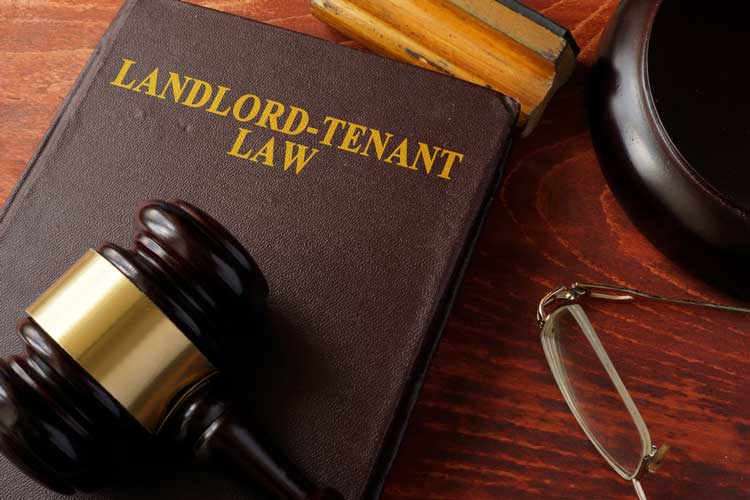New York City tenants know just how expensive rent can be, and depending on the neighborhood you choose to live in, it can be even more expensive compared to other neighborhoods in the city. Nobody wants to live near bad tenants when they rent, which is why finding a good place to rent is important. It is due to these astronomically high rent prices that rent regulations were established and put into place to protect the average New Yorker from being priced out of the rental market. So, what is the difference between rent control and rent stabilization?
Rent Control
Dating back to 1920, just after World War I, there was a severe housing shortage in NYC that lead to high rents and rent strikes. As a result, and to try and mitigate the problem, the New York State legislature passed a program that was intended to control rent prices—keep them down, and limit landlords on baseless evictions of tenants without the assistance of a landlord tenant lawyer NYC.
Following the rent control legislation of the 1920s, there have been numerous other laws and regulations passed, intended to both regulate rent and decontrol units. Currently, rent control is debunked and only those who inherited their rent controlled apartment from a family member are eligible to continue living in a rent controlled unit.
It is worth noting that rent controlled units can only be passed down within a family, from one tenant to another when the existing tenant either moves and vacates the unit or passes away. Additionally, in order for a family member to inherit the rent controlled apartment, they must have been living in the apartment with the previous tenant for the two years prior to the previous tenant’s death or vacancy of the property.
Currently, the number of rent controlled units in the city account for approximately 38,000 units, according to the New York City Rent Guidelines Board. These units are largely occupied by elderly individuals, a low income population who have been occupying the units since 1971, either by themselves or their lawful successors.
Rent Stabilization
A rent stabilized apartment can be found in buildings that were constructed prior to 1974, and consist of more than 3 units. These apartments generally rent for less than $2,700 a month. In addition to the lower rent, rent stabilized apartments also limit how much a landlord can increase rent on an apartment each year, and gives you a guaranteed right to renew your lease. When searching for a New York City apartment, keep in mind that not all rent stabilized apartments will advertise that it is a rent stabilized unit. While it might not be listed, it is often possible to tell based off the price and the age of the building.
If you are fortunate enough to find a rent stabilized apartment, be sure that it is stated as such in your rental lease agreement. You should be given the option to sign either a one or two-year lease. Generally, the landlord will also provide you with a rider to the lease as well. A rider is an amendment to the lease that states a financial concession to the rent, to cover the discrepancy between the ostensible market value and the rent being charged. This amount plus the monthly rent payment will be used to calculate the 4 percent increase your landlord can issue the following year, provided that they do minor renovations to the individual unit or the building as a whole.
If you feel as though you are being evicted for baseless reasons, or that your landlord is unfairly raising your rent, contact a landlord tenant lawyer NYC today. Warren S. Dank, ESQ., P.C. offers representation pertaining to accommodation charges, home maintenance costs, lease violations, the overcharging of rent and more. Contact us today to learn how we can help you with your landlord tenant disputes.

